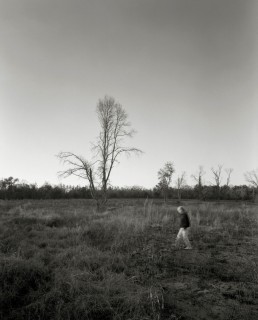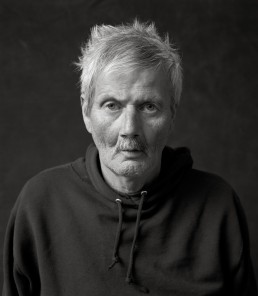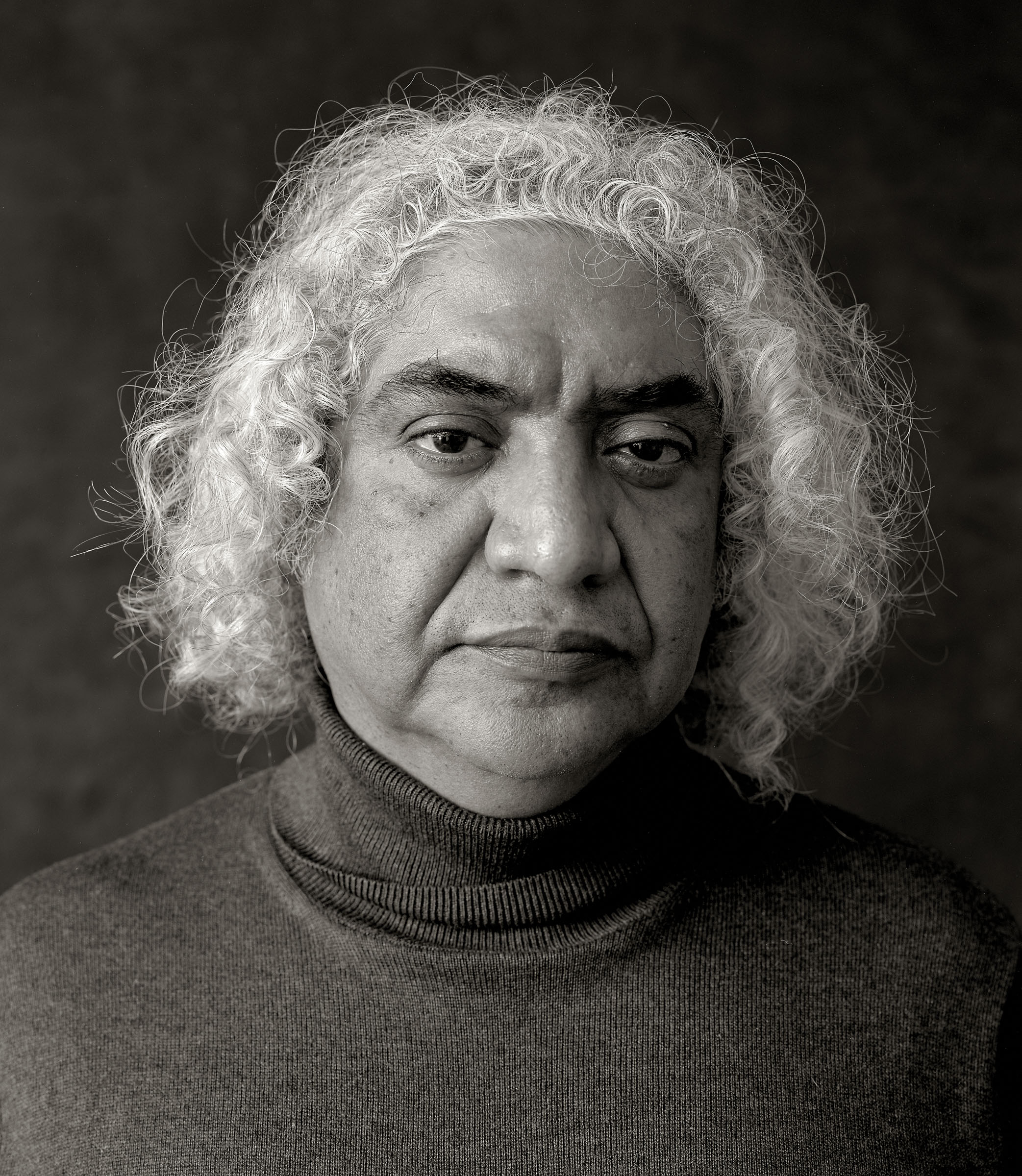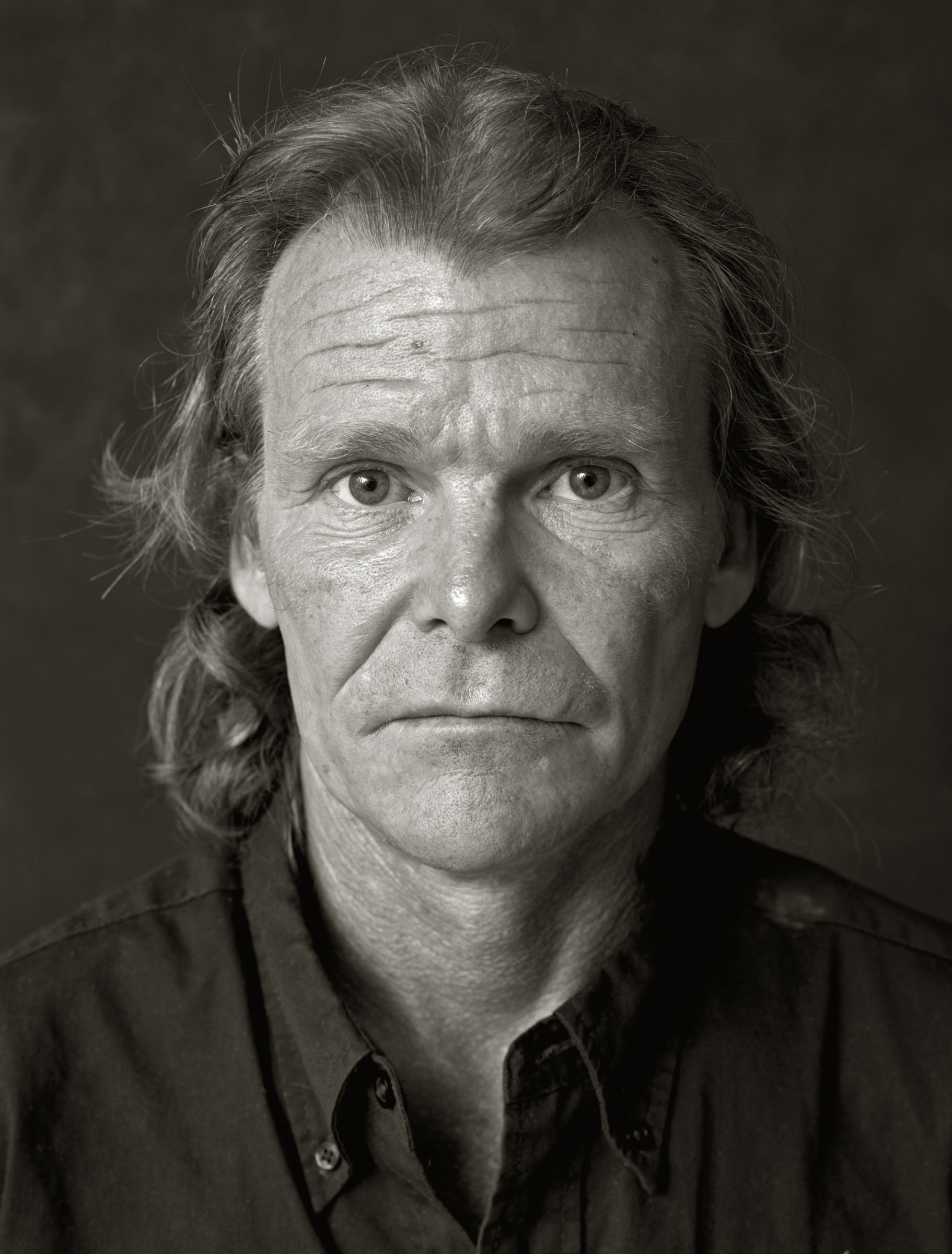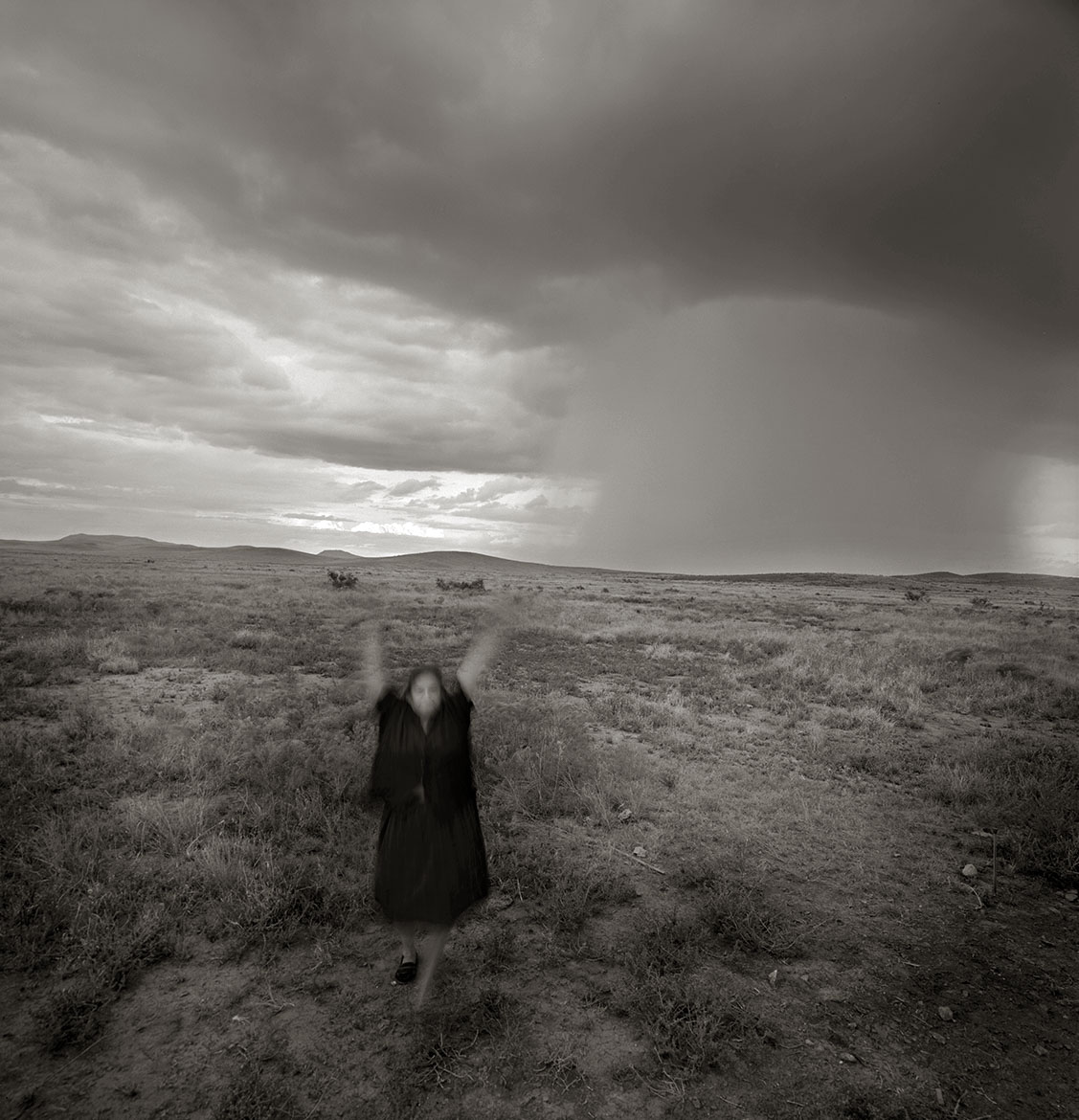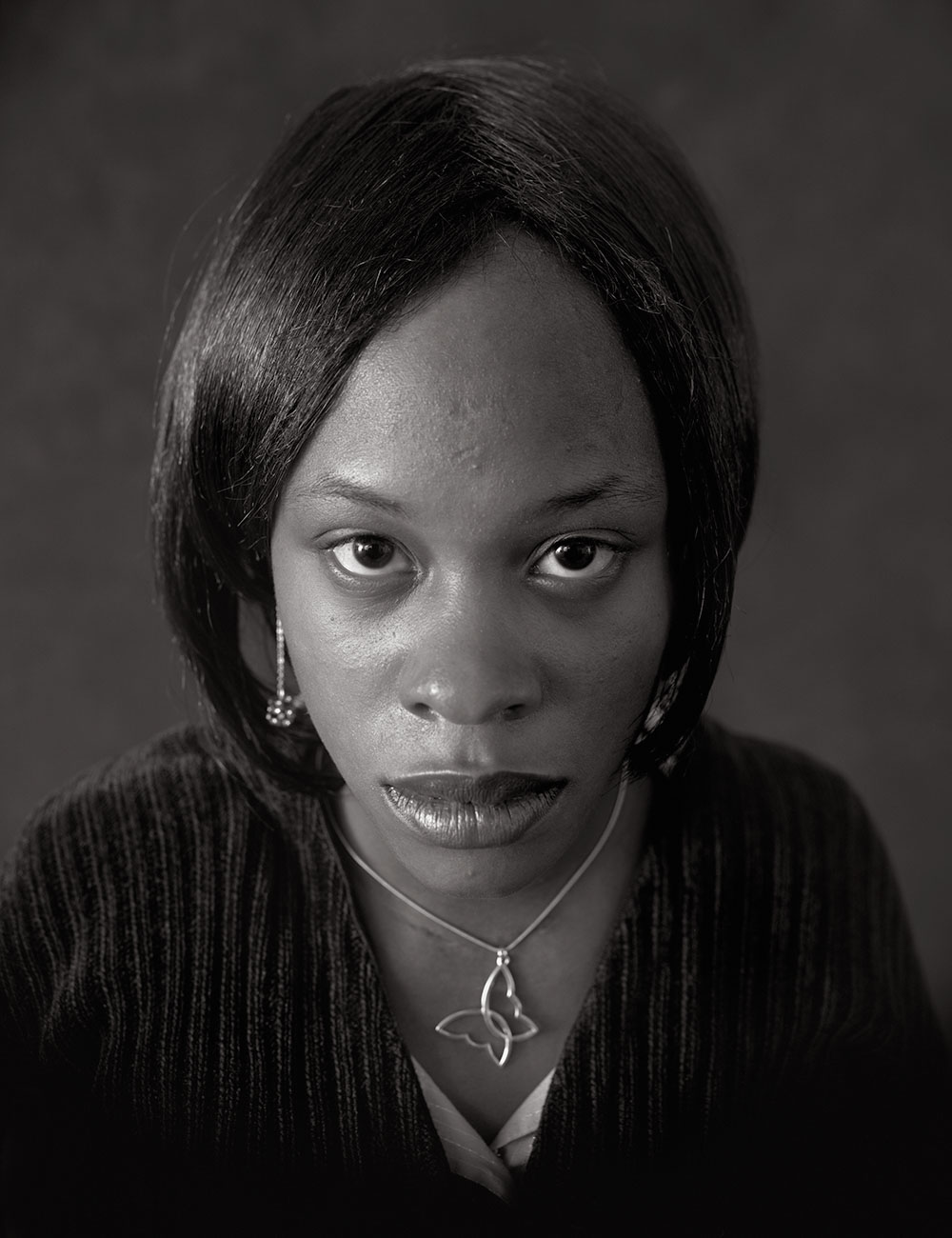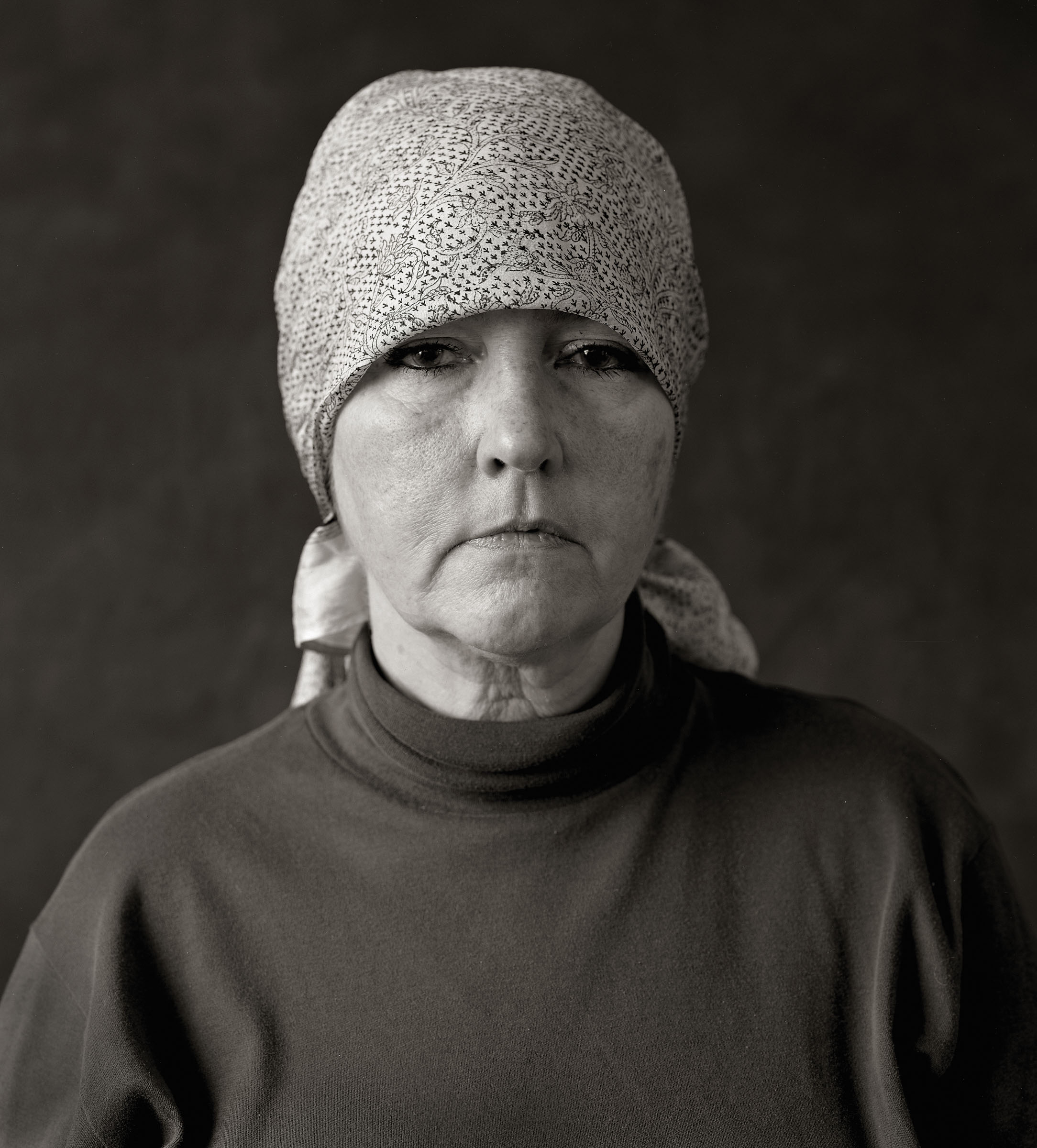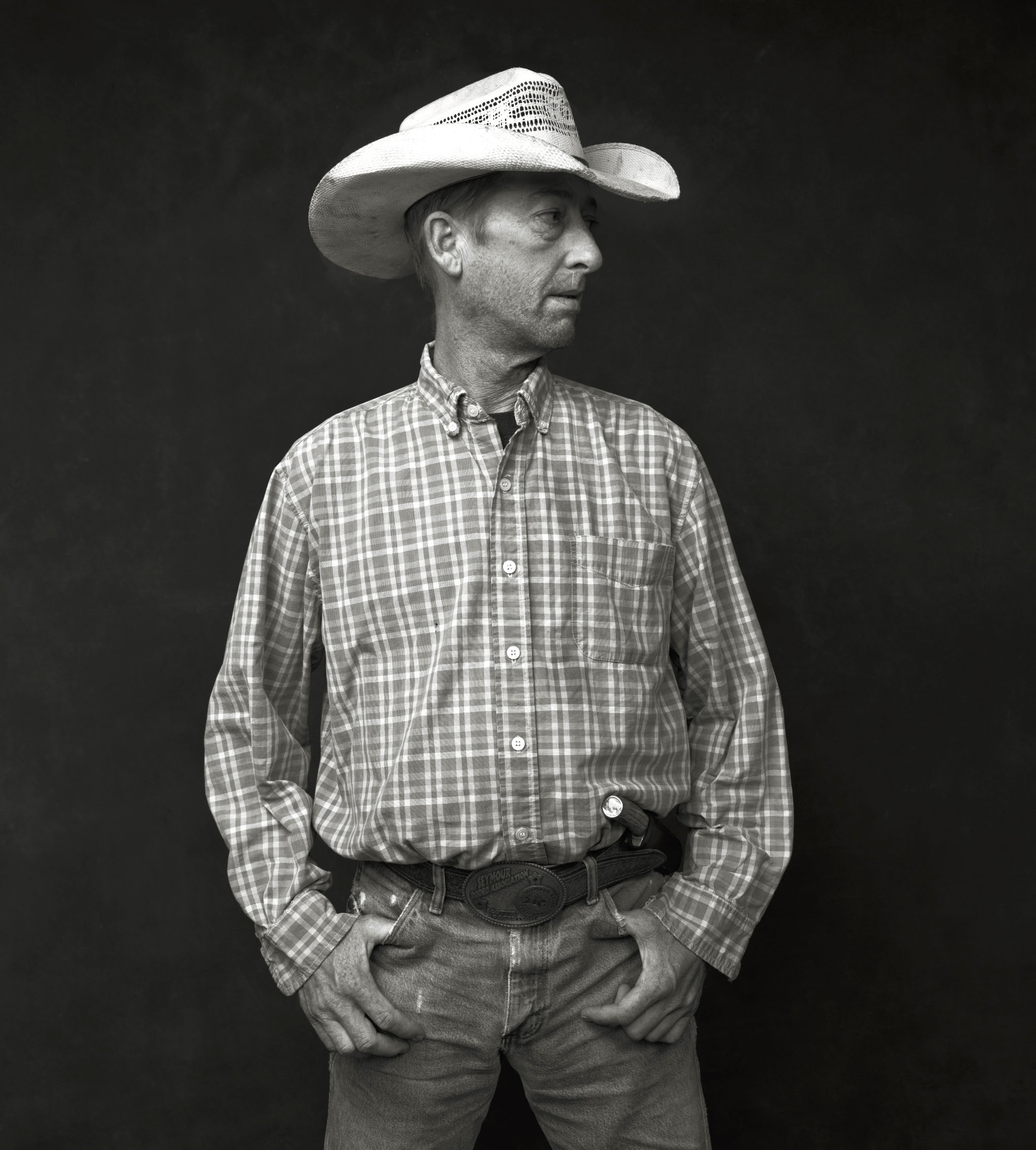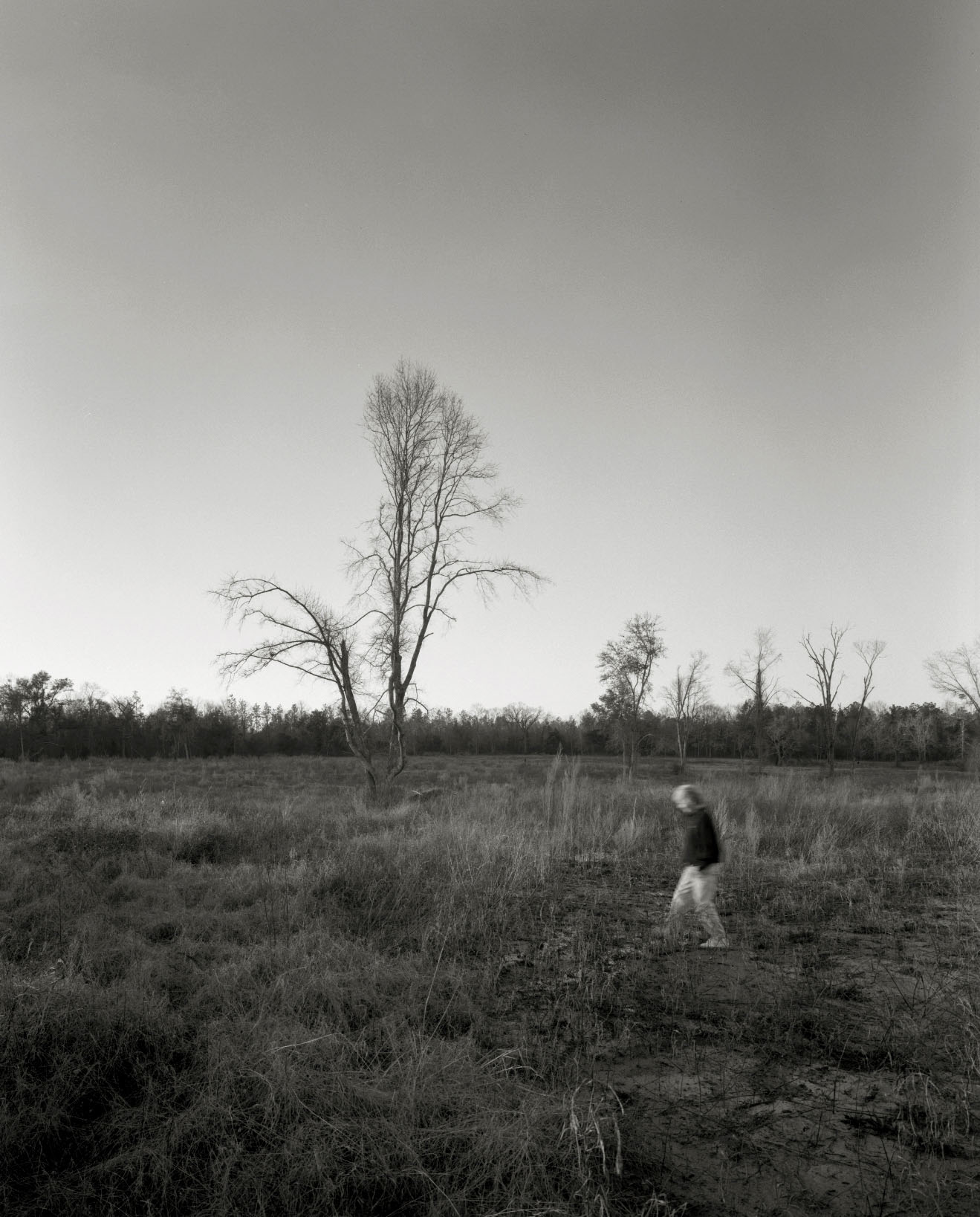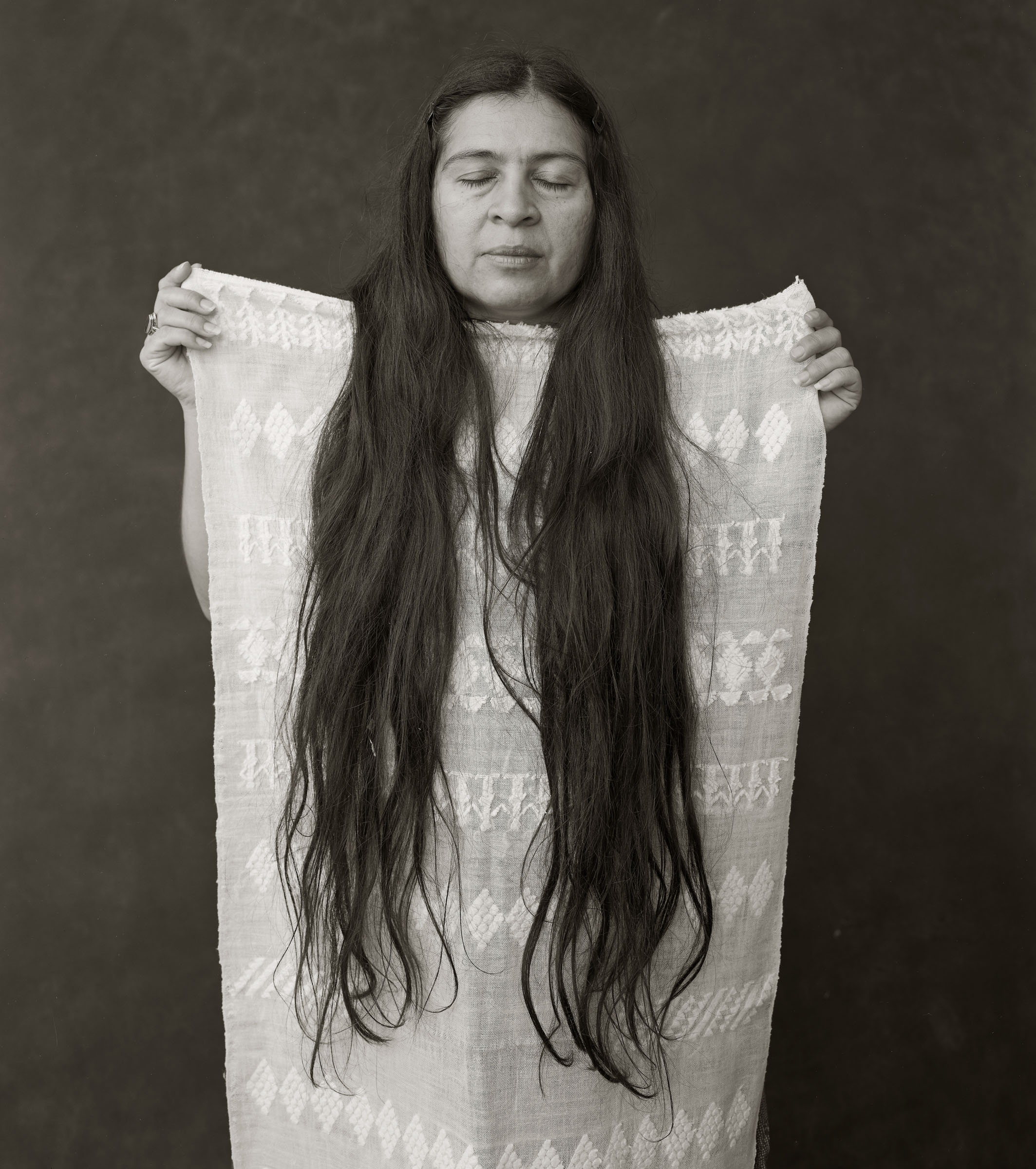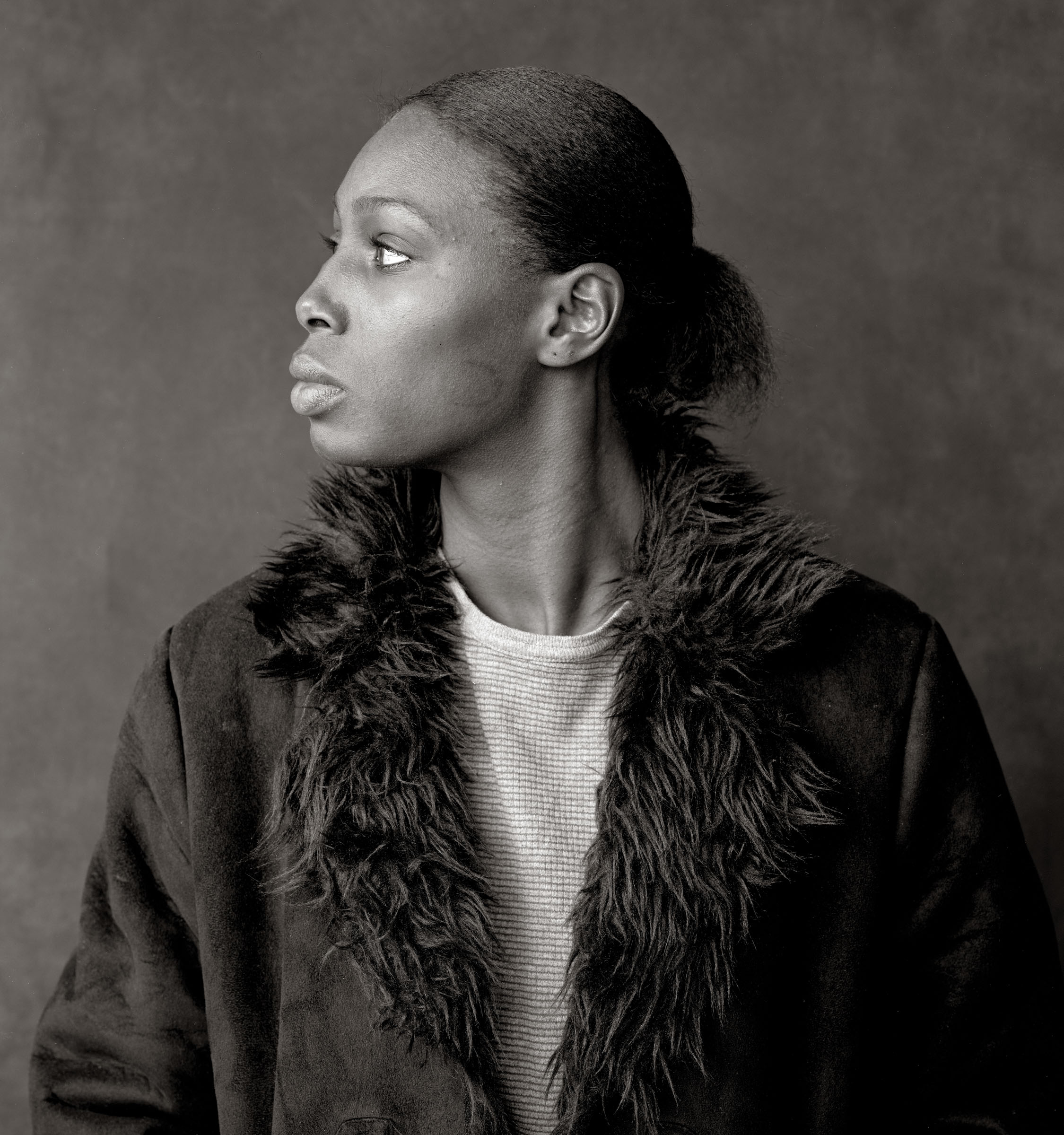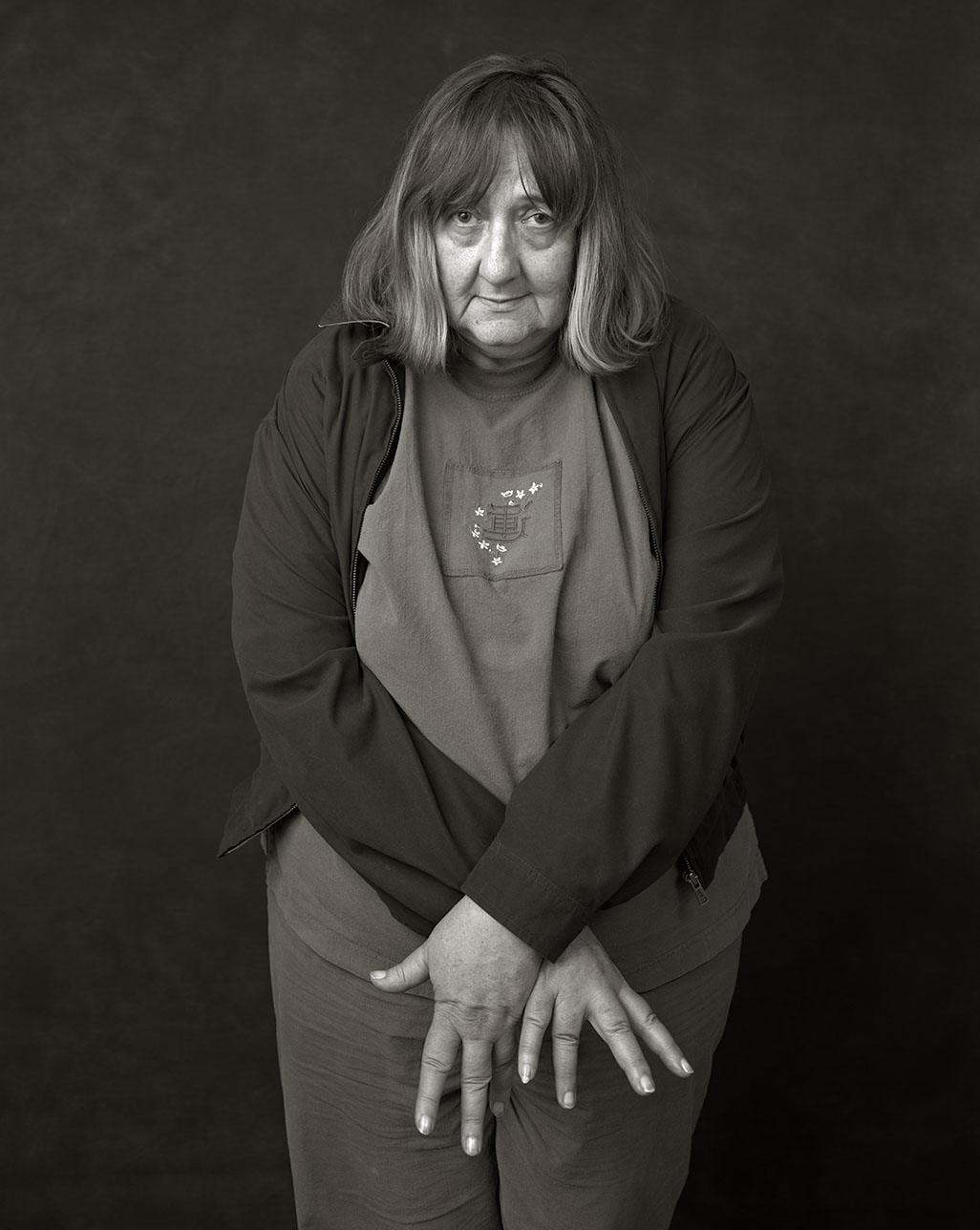About Hunger
& Resilience
In Michael Nye’s exhibition About Hunger & Resilience,
…so much comes to light. The fifty portraits and audio stories reveal the courage and fragility of those individuals who have experienced hunger. In simple, eloquent detail, these voices and images draw you closer into their lives. For the past 4 1⁄2 years, Michael has been listening and asking questions about hunger. Why does it happen? What can we learn? How can we help? These diverse audio narratives take us underneath complicated issues where empathy and understanding begin. Each face, each voice invites you to listen.
In Michael Nye’s traveling exhibition, About Hunger and Resilience, so much comes to light. Through the gift of images and presence, each eloquent voice draws us into deeper understanding. Why did Cornelius go hungry? What does it feel like for Tiffany or Tia to walk by a restaurant or grocery store? Can anyone really understand the life of another person? As Michael Nye says, these stories are about all of us as we live with our uncertainties. Michael believes his subjects are teachers, and we are their students. Each face, each voice, invites you to listen.
Artist Statement
Hunger is as old as history, and is wrapped into our genes as the great impulse to survive. Everyone knows the boundary between hunger and satisfaction. However, for many of us in this country of abundance, it is difficult to imagine someone so hungry and weak they would cry or lose the desire to live.
This exhibition is about the experience of hunger. The stories are not intended to summarize or explain anyone’s life. There are too many ways a voice can turn. Many of the people I have met have struggled to find the right words to describe the weight of responsibility, loss, kindness and dignity.
Sometimes when I mention I’ve been working on a project on hunger, people look at me oddly and ask, “In what country”?
After spending 4 ½ years traveling around this country, listening, the reasons for hunger are not so simple: mental illness, drug and alcohol addiction, severe physical injuries, old age, lack of education, job loss, mistakes, teenage pregnancy, health related illnesses, crime, sexual abuse, incarceration, chance, natural disasters, war, childhood neglect and generational poverty. Explanations and solutions are profoundly complex.
People die and no one remembers their stories. Everyone in this exhibit knows something important and valuable, a wisdom about their experience that only they know. The fifty individuals represented in “Hunger” are teachers – and we are students. Stories are places where empathy and understanding begin.
“Hunger” has immense short and long term implications, including malnutrition and starvation. Emotionally, it can impact every aspect of one’s identity, vitality, and psychological well-being. Many have described the experience as “blinding” and worse than they ever imagined.
What we are given, what is planted in the first fields in our lives can be deeply mysterious in its generosity or insufficiencies. The poor in our communities are often the least heard and the most forgotten. I have been profoundly inspired by each participant, as well as food banks, soup kitchens, charitable organizations, churches, individuals, volunteers, and so many leaders and helpers giving unselfishly.
I have felt with even a greater conviction that we all need to speak of the essential needs of our human family, and grow in our understanding of how difficult life is for so many in our country. These stories are about all of us as we live with our uncertainties and the realization that we too could experience hunger.
Listening is another way of seeing. It has been a privilege to have these passionate conversations. It has changed me. I tried to honor each story by being faithful to its spirit and the way it was spoken. Hunger is an issue of human rights. Everyone has the right to be heard, to be listened to, and to receive help when hungry.
Michael Nye
HUNGER: A desire, strong wanting, craving, longing, lust, wishing, yearning, famine, pangs, starvation, voracity, insatiable, ravenous, complex sensation, discomfort, weakness, malnutrition, insecure, balanced anxiety, nutrient deficiencies and pain and suffering.
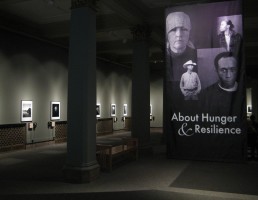
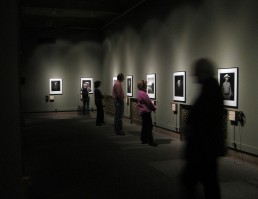
Exhibition Can Be Installed in Any Space – On Walls or Easels Installation
There are 46 portraits and 46 audio narratives. Each of the participants speaks in his or her own voice. Mounted below each portrait is a wooden box containing an audio player and headphones. The stories range from 4 to 6 minutes each. Many sites have used this exhibit as the centerpiece for related programming including, lectures, panel discussions, student field trips, radio and other educational and fundraising activities.
Installation
This exhibit can be installed on walls in formal museums or galleries – or anywhere with the optional easel installation. The easel installation has been designed to hold the photographs, lights and audio components and have been installed in universities, libraries, galleries and conferences.
Photographs & Audio
All photographs were made using an 8 x 10 view camera. Photographs are black & white silver darkroom prints. Each image is mounted on 24” x 30” archival board and framed. Audio narratives were edited/mastered with the approval of each participant.
Cost & Availability
Please contact Michael Nye
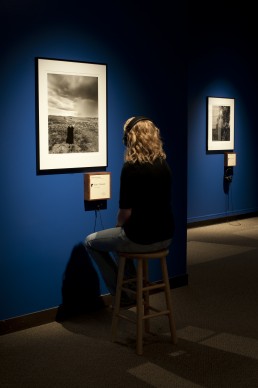
About Hunger and Resilience has traveled to over 40 cities.
Witte Museum: Debut – San Antonio, Texas – January-April, 2010
Feeding America National Conference – Austin, Texas
Feeding South Florida – Pembroke Park, Florida
Janette Kennedy Gallery – Dallas, Texas
Kraft Foods – Corporate offices – Glenview, Illinois
Kraft Foods – Corporate offices – Madison, Wisconsin
Univ. Saint Francis, John Weatherhead Gallery – Fort Wayne, Indiana
E.S. Art Center and Prodisee Pantry – Fairhope, Alabama
Art Center of Corpus Christi- Corpus Christi, Texas
Wichita Falls Museum of Art – Wichita Falls, Texas
University of Vermont Gallery – Burlington, Vermont
Nationwide Insurance – Corporate offices – Columbus, Ohio
Feeding America San Bernardino Counties – Riverside, California
East Texas Food Bank – Tyler, Texas
St. James Cathedral – Chicago, Illinois
Prism Gallery – James Madison University – Harrisonburg, Virginia
City Space Gallery – Piedmont Council for the Arts – Charlottesville, Virginia
St. Louis History Museum – St. Louis Missouri
A&M University – Arts Council of Brazos Valley Gallery- Bryan, Texas
Food Bank of Iowa – Des Moines, Iowa
State Capital – Austin, Texas
Endicotte College, Beverly, Massachusetts – Walter J. Manninen Center for the Arts
Second Harvest North Florida – Jacksonville Florida
Riverside Art Museum, Riverside, California
Albrecht-Kemper Museum of Art – St. Joseph, Missouri
James E. Winner Jr. Arts & Culture Center – Sharon, Pennsylvania
Philanthropy Southwest – San Antonio Food Bank, San Antonio, Texas
John P. McGovern Museum of Health & Medical Science; Houston, Texas
The Second Harvest Food Bank of NWPA – Erie, Pennsylvania
Signature Grand Hotel- Humana State Conference – Fort Lauderdale, Florida
Starbucks National Conference, Chicago 2019
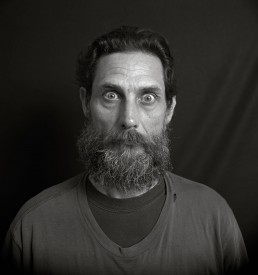
“Michael Nye has put a face on hunger in America and given a voice to those who have none. His powerful and passionate narrative emerges from his close work with each of the participants, both through their recorded interviews and their photographic portraits. He captures their spirits.
That we are inspired from tragedy is what is transformative about the exhibition. There is no doubt that Witte Museum visitors walk away not merely informed, but changed. The tears come not from sadness, but from overwhelming comprehension.”
Marise McDermott
President & CEO, Witte Museum
“I have never before seen an exhibit like this. These are stories I cannot forget. I carry them with me. Michael Nye’s “About Hunger & Resilience” is more important than any number or statistic. I have had the privilege to watch as kids from local elementary schools, university students, a mother with tears in her eyes, members of the arts community, and senior couples listen to these stories. As I watch, I can only imagine what they are thinking. I have taken individuals from foundations to this exhibit and had them walk with me. I have been able to connect with them in ways I have never been able to connect before. I would share a few of the stories and let them listen. We have all been moved to better understanding. This exhibition will invite communities to a deeper experience around the issue of hunger. Food banks, and other organizations working to eradicate hunger can use this work as an opportunity to end strategies toward solutions.
In some ways, everyone that comes to the exhibit will experience a bit of hunger. They will hunger to learn more, and they will want to be lled. I think the food bank continues to be a crucial part of that lling — bringing people to the table where they can engage actively. This work is for everyone. It is tremendously powerful.”
Eric Cooper
Executive Director, San Antonio Food Bank


